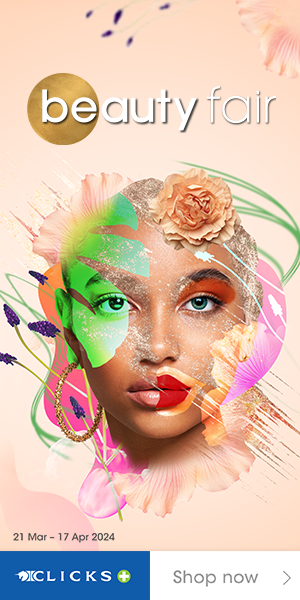
Want to add a pop of colour to your make-up routine but not sure what colours to pair together or which shades will suit you best? Understanding colour theory is key to ensure that you use the most complementary colour combinations. Amp up the colour in your make-up routine with these simple colour theory guidelines:

Primary colours
The three primary colours are red, yellow and blue. The truly unique thing about these three colours is that they cannot be mixed from any other shade, yet they make up all of the other colours on the spectrum.
Secondary colours
Secondary colours are created by mixing two primary colours together. These colours are: orange (red + yellow), green (yellow + blue) and purple (blue + red).
Tertiary colours
Tertiary colours are created by mixing a primary colour with a secondary colour and can be found between a primary and a secondary colour on the colour wheel. These shades are: red-orange, yellow-orange, green-yellow, blue-green, blue-violet and red-violet.

Complementary colours
Complementary colours are found directly across from one another on the colour wheel and can be paired together for a vibrant look. The most common complementary combinations are blue + orange, red + green and yellow + purple. For an intense pop of colour, pair an orange eye shadow with blue eyeliner. If you prefer to keep your make-up more understated, why not pair a statement red lip with a pale green eye shadow above the lash line?
We love: L’Oréal Paris Infallible Lip Paint + + Stella Waterproof Eyeliner + Dolce & Gabbana Perfect Moni Eyeshadow + MAC Retro Matte in Ruby Woo
Analogous colours
Analogous colours consist of three or four colours adjacent to one another on the colour wheel. As the colours are quite similar, combining them creates a subtle harmonious look. Want a feminine daytime look? Pair a bold pink lip with a coral blush and a light peach eye shadow.
We love: Yardley Stayfast Liquid Matte Lip Vinyl + L.A Girl Glow Blush Collection +3INA The Cream Eyeshadow
Warm vs. cool colours
The colour wheel can be divided into two sections: warm colours and cool colours. Warm colours have red / yellow undertones and cool colours have blue undertones. Understanding the difference between warm and cool shades is particularly beneficial when selecting foundation, concealer and lipstick shades as it ensures that the shade you select perfectly suits your skin tone. It is important to remember that red can have both warm and cool undertones.
Other articles you may be interested in:
Contouring with Elizabeth Arden






5 Responses
Great.i live mixing and matching!
Love this article!! Very informative! Would love to understand how it fits into my skin tone to get the best effects!!
Amazing colors
Photography on point !
Great tips , Thanks so much
Thanx for the tips, it will definitely make a difference next time I mix and match makeup.